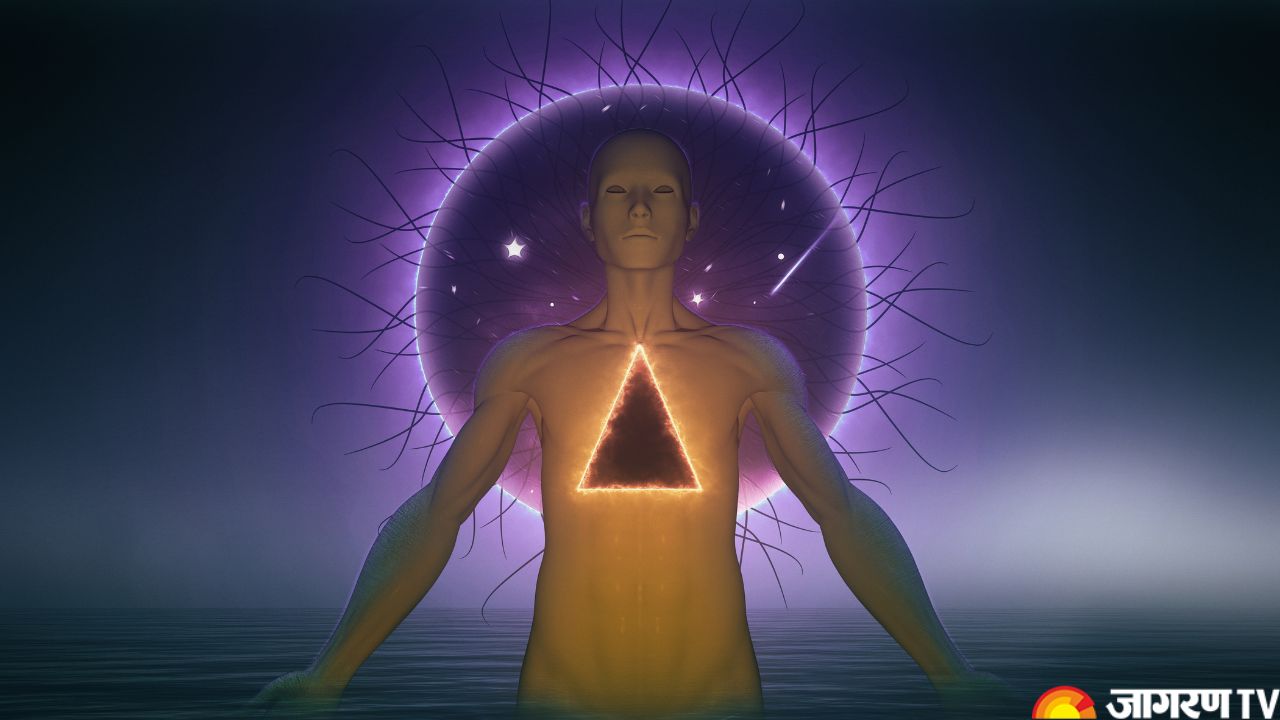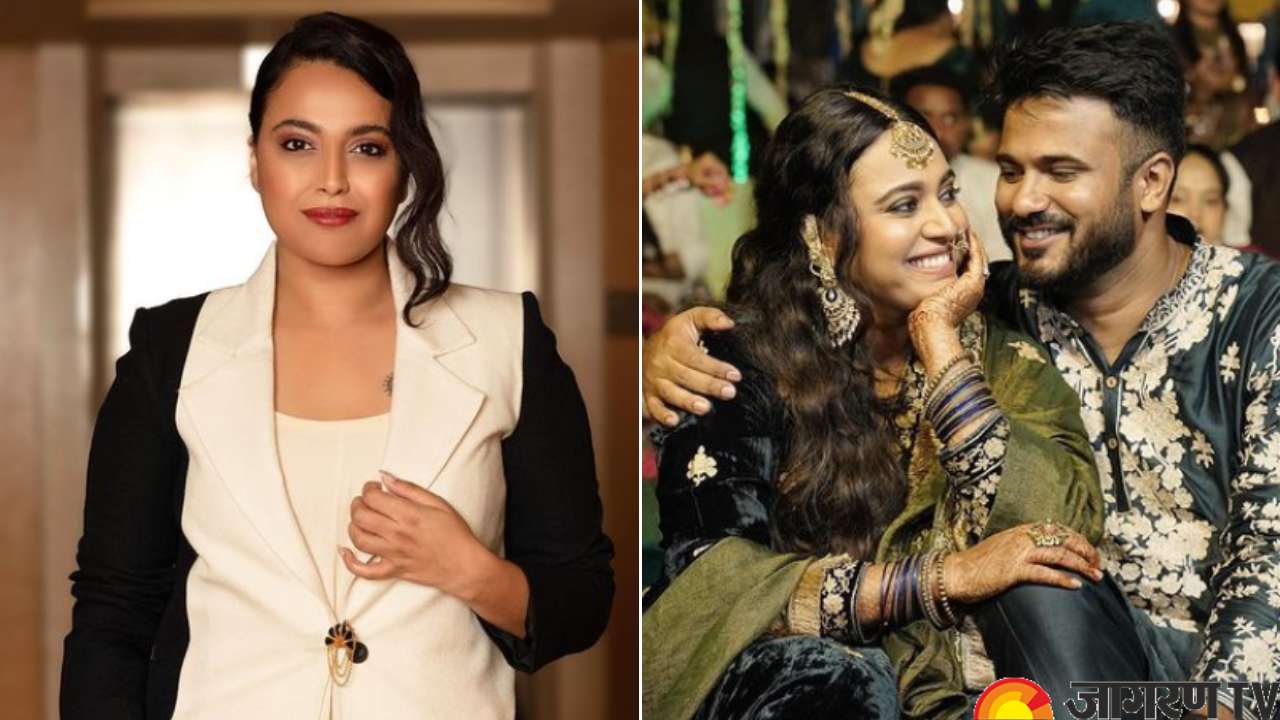International Yoga Day 2025: Does Yoga Only Include Physical Postures? Know The Different Aspects of Yoga

International Yoga Day 2025: When we hear the word “yoga,” we imagine various positions, yoga asanas, and flexible motions. While physical postures, or asanas, are an important and commonly recognised feature of yoga, they constitute only a small part of this ancient and complex discipline. Yoga is a holistic philosophy that aims to bring harmony to the body, mind, and spirit, including much more than just physical exercises.
Before diving into the vast world of Yoga, let us learn about traditional and modern yoga techniques and how it has evolved over the years.
Traditional and Modern Yoga
Traditionally, yoga was seen as a comprehensive intellectual and spiritual discipline aimed at self-realization and the integration of human consciousness with the universal. It was a multifaceted path, with physical postures (asanas) functioning as a precursor to deeper contemplative experiences. Modern yoga, especially in the Western world, has evolved into a popular form of physical exercise and stress relief, with a focus on fitness, flexibility, and overall well-being.
Eight Limbs of Yoga
Traditional yoga, as codified by the sage Patanjali in the Yoga Sutras, follows an eight-limbed path(Ashtanga Yoga). Asanas are simply one of these limbs, offering a clear path to comprehending the whole scope of yoga.
Yamas (Ethical Restraints)
These are the universal moral rules that govern our relationships with the world and others. They include ahimsa (nonviolence), satya (truthfulness), asteya (nonstealing), brahmacharya (moderation), and aparigraha.
Niyamas (Observances)
These are self-purification and self-control techniques. They consist of purity (saucha), contentment (santosha), austerity/discipline (tapas), self-study (svadhyaya), and surrender to a higher power.
Asanas (Physical Postures)
As we know, these poses are intended to stabilise the body, increase strength and flexibility, and prepare the practitioner for deeper meditation states.
Pranayama (Breath Control)
This includes a variety of breathing practices that regulate the flow of prana (life force energy) throughout the body, affecting both physical and mental well-being.
Pratyahara (Sense Withdrawal)
This limb focuses on removing the senses from external distractions and directing attention inside.
Dharana (Concentration)
This is the practice of concentrating the mind on a single point or thing.
Dhyana (Meditation)
A sustained period of focus in which the mind becomes peaceful and expansive.
Samadhi (Enlightenment/Absorption)
Yoga’s ultimate purpose is to achieve profound tranquilly, unity, and self-realization.
Different Styles of Yoga
Even within the field of physical yoga, there is a wide range of styles that emphasise different components and address specific needs.
Hatha Yoga
Hatha yoga, which is often regarded as the foundational type, consists of holding postures for longer periods of time while focusing on alignment and breath. Many modern styles are derived from Hatha.
Vinyasa Yoga
Vinyasa is characterised by flowing sequences of poses synchronised with the breath, making it lively and frequently more physically challenging.
Ashtanga Yoga
Ashtanga is a hard and disciplined type of yoga with a predetermined sequence of poses that emphasises strength, stamina, and synchronised breathing.
Iyengar Yoga
It is known for its rigorous attention to alignment and the use of props (blocks, belts, and bolsters) to support and deepen postures, making it suitable for all levels.
Restorative Yoga
Focuses on relaxation and rejuvenation, with props used to support the body in passive stretches that allow for profound release and healing.
Yin Yoga
A slow-paced form in which poses are held for long periods of time (3-5 minutes or more), focusing on the connective tissues, ligaments, and joints.
Kundalini Yoga
The emphasis is on waking the “kundalini energy” through precise posture sequences, breathwork, chanting, and meditation.
Bhakti Yoga
Chanting, prayer, and selfless service are all ways to convey dedication and love.
Jnana Yoga
The route to wisdom and knowledge, which includes self-inquiry and philosophical study.
Karma Yoga
The way of unselfish action, executing obligations without regard for the outcome.









